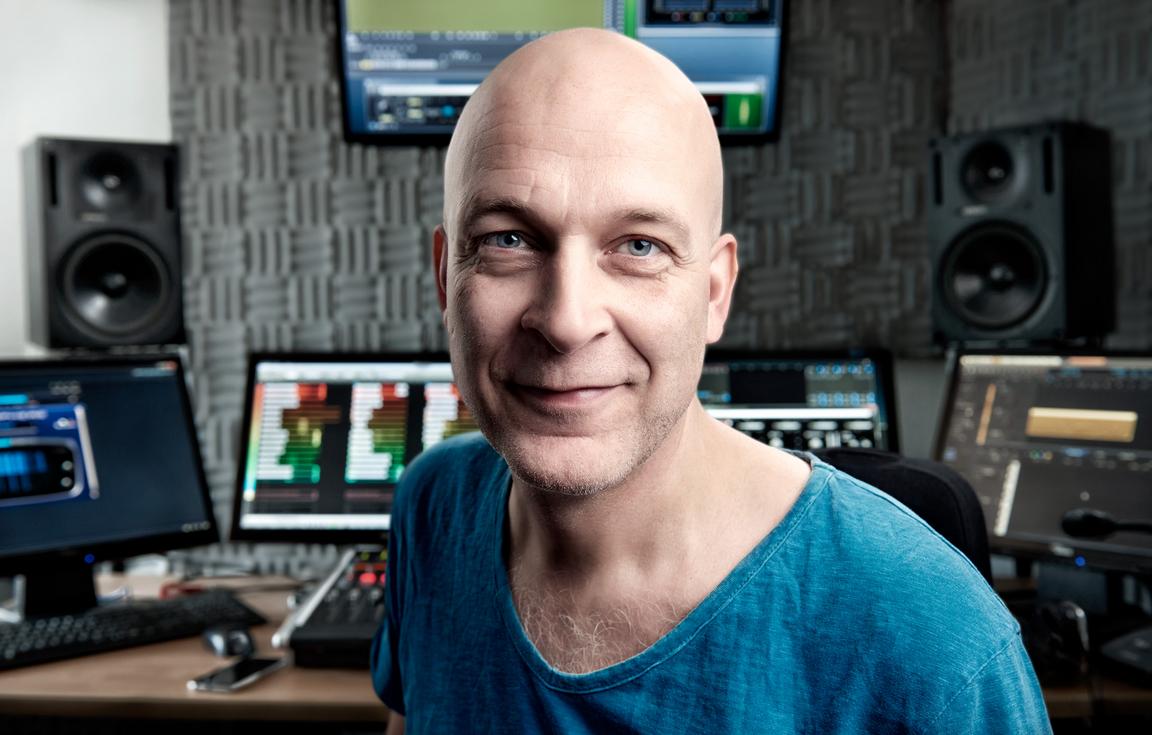Electronic Digital Instrument (EDI)
Short description
Doctoral thesis in music education by Fredrik Lidin.
Fullständig titel: Electronic Digital Instrument (EDI), with related pedagogical and didactical questions.
How will musicians with instruments such as EDIs learn and be able to develop their skills? What demands does it place on schools and individual teachers? How can education be more relevant to today's music-making? How does an EDI work in an ensemble? What role could AI play in relation to EDIs?
Perhaps the music education of the future will shift its focus from nurturing the virtuoso with extreme motor skills to also fostering the musician as an innovator of sound, technology, and compositional structures.

EDI (Electronic Digital Instrument) was first defined by Berklee College of Music in the following way: (1) a control surface, (2) user-configured software, and (3) a computer.
In some cases, these three parts are all housed within one unit, such as the Push 3 (standalone). In all material respects, the three parts that make up an EDI are constructed like any other traditional instrument: a performance unit, a sound-producing unit, and a link between the two. The uniqueness of each EDI is governed by the musician's artistic preferences, creativity, and technical ability. One EDI need not resemble another with regard to input methods and how it actually sounds. An EDI-musician might also change the construction of the instrument from occasion to occasion.
The motor skills needed to produce musical data are dependent on the construction of the input device. The input device might, for example, be a traditional keyboard, a grid of pads, knobs and faders, or a glove sending MIDI data to the software. Unlike playing the violin in the Euroclassical tradition, it is not a prerequisite to master extreme motor skills in order to perform well on an EDI. Instead, an EDI-musician is faced with the challenge of mastering several other skill sets at once. For example, sound design, real-time composing, and maybe computer programming skills. But, naturally, there is also a place for playing virtuously on an EDI, should the artist be so inclined.
The musician who wants to master EDI has, up until recent years, been referred to self-study, practice communities, and instructional videos. However, at present, there are some music education institutions offering courses with a focus on EDI. Education for EDI-musicians started at Berklee in the USA but is now also available in Sweden at some music gymnasiums and higher education facilities.
The pedagogy and didactics relating to the specific abilities required for an EDI-musician are largely uncharted territory. Although some research in this field is beginning to see the light of day, there is still a need for more knowledge.